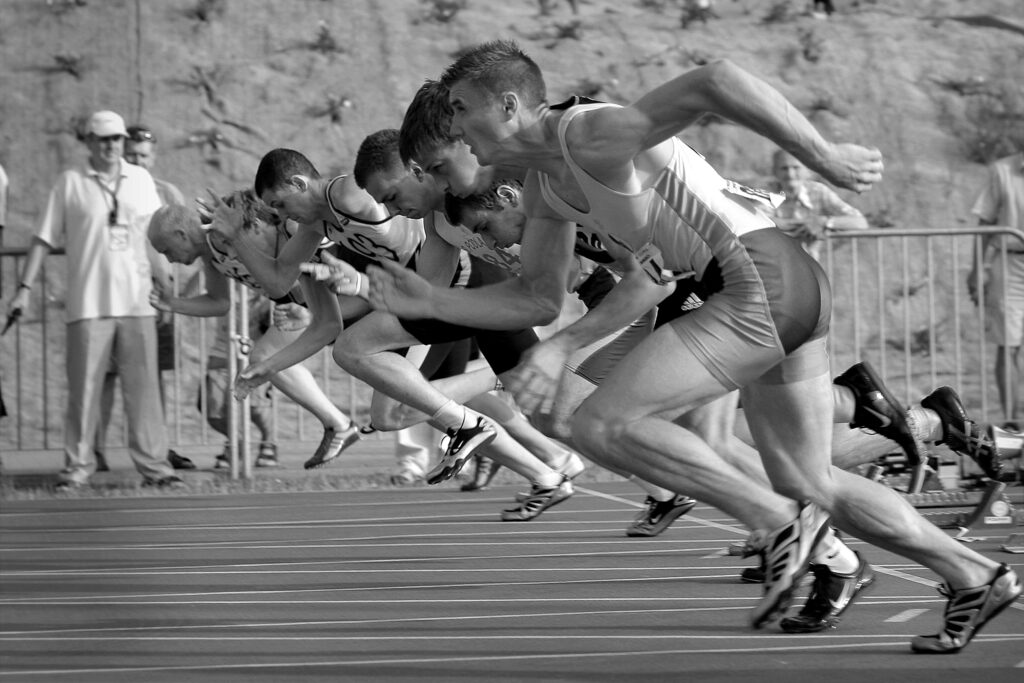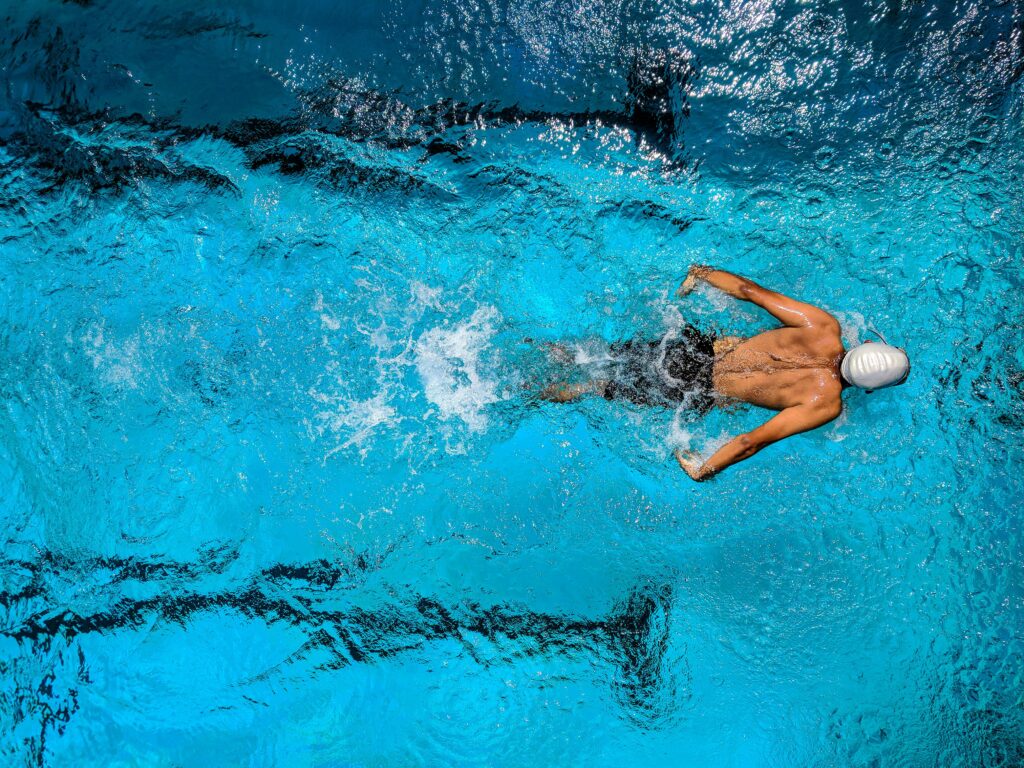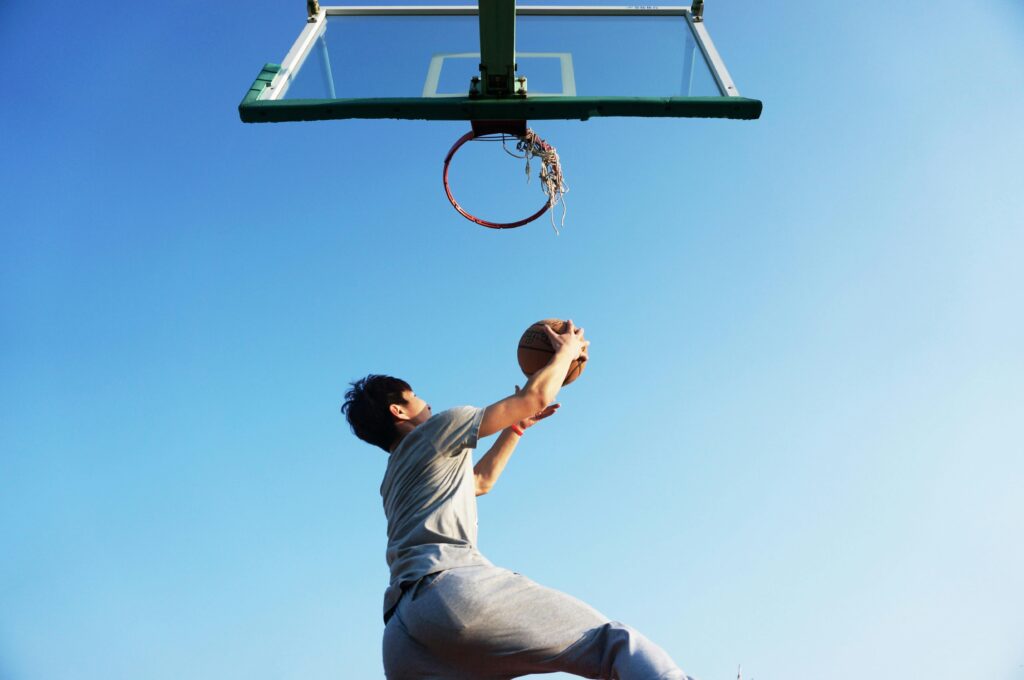Introduction: The Evolution of Athletic Performance
The Ultimate Guide to Sports Performance: How Modern Athletes Train for Success in 2025Sports performance has undergone a remarkable transformation in recent years. Modern athletes are no longer just relying on natural talent and basic training routines. Today’s sports world demands a comprehensive approach that combines cutting-edge technology, scientific nutrition, mental conditioning, and strategic recovery methods.

Key Components of Elite Sports Performance
1. Advanced Training Methodologies
Modern sports training has evolved far beyond traditional methods. Athletes now utilize:
High-Intensity Interval Training (HIIT): This training method alternates between intense bursts of activity and fixed periods of less-intense activity or complete rest. Research shows that HIIT can improve cardiovascular fitness, increase metabolic rate, and enhance overall athletic performance across various sports disciplines.
Periodization Training: Professional athletes follow carefully planned training cycles that systematically vary training intensity and volume. This approach prevents overtraining while maximizing performance gains throughout the competitive season.
Sport-Specific Conditioning: Rather than generic fitness routines, athletes now focus on movements and energy systems specific to their sport. Basketball players work on explosive jumping and quick direction changes, while marathon runners focus on aerobic capacity and endurance.
2. Nutrition and Sports Science
Proper nutrition has become a cornerstone of athletic success. Modern sports nutrition focuses on:
Macro and Micronutrient Optimization: Athletes work with sports nutritionists to calculate precise protein, carbohydrate, and fat requirements based on their training load, body composition goals, and competitive schedule.
Hydration Strategies: Proper hydration goes beyond drinking water. Athletes monitor electrolyte balance, especially sodium and potassium levels, to maintain optimal performance and prevent cramping during intense competition.
Recovery Nutrition: Post-workout nutrition timing and composition can significantly impact recovery speed and adaptation to training. The “30-minute window” for protein and carbohydrate consumption remains crucial for muscle repair and glycogen replenishment.
3. Technology Integration in Sports
Technology has revolutionized how athletes train and compete:
Wearable Fitness Technology: Heart rate monitors, GPS trackers, and smart clothing provide real-time data on performance metrics. This information helps coaches make immediate adjustments to training intensity and volume.
Video Analysis Software: Slow-motion video analysis helps athletes and coaches identify technical flaws and make precise corrections to form and technique.
Virtual Reality Training: Some sports now incorporate VR technology to simulate game situations and improve decision-making skills without physical wear and tear.

Mental Performance and Sports Psychology
Building Mental Resilience
The mental aspect of sports performance is increasingly recognized as crucial for success:
Visualization Techniques: Elite athletes spend significant time mentally rehearsing their performances. This practice helps improve confidence and reduces anxiety during competition.
Stress Management: Learning to manage competitive pressure through breathing techniques, meditation, and mindfulness practices has become standard for professional athletes.
Goal Setting and Motivation: Effective goal setting involves creating both short-term and long-term objectives that are specific, measurable, and achievable.
Recovery and Injury Prevention
Modern Recovery Methods
Recovery is now viewed as an essential component of training rather than just rest time:
Active Recovery: Light movement and low-intensity exercises on rest days help maintain blood flow and reduce muscle stiffness.
Sleep Optimization: Quality sleep is crucial for muscle repair, hormone regulation, and cognitive function. Many athletes now work with sleep specialists to optimize their rest patterns.
Therapeutic Modalities: Ice baths, compression therapy, massage, and stretching routines are systematically integrated into training programs.
Injury Prevention Strategies
Movement Screening: Regular assessments identify muscle imbalances and movement dysfunction before they lead to injury.
Strength Training: Focused strength work on commonly injured areas helps prevent sports-related injuries.
Load Management: Monitoring training volume and intensity prevents overuse injuries that can sideline athletes for extended periods.

The Role of Coaching in Modern Sports
Effective coaching has evolved to encompass multiple areas of expertise:
Technical Instruction: Coaches must understand the biomechanics of their sport and effectively communicate technical improvements.
Program Design: Creating periodized training plans that peak athletes for important competitions requires deep knowledge of exercise science.
Psychological Support: Modern coaches often serve as mental performance consultants, helping athletes develop confidence and mental toughness.
Sports Performance Across Different Disciplines
Endurance Sports
Marathon running, cycling, and swimming require specific adaptations:
- High aerobic capacity development
- Efficient movement patterns to conserve energy
- Nutritional strategies for sustained energy output
- Mental strategies for managing discomfort over long durations
Power Sports
Sports like weightlifting, sprinting, and jumping events focus on:
- Maximum strength and power development
- Explosive movement training
- Short-term energy system optimization
- Technical precision under high loads
Team Sports
Basketball, soccer, and football require:
- Multiple energy system development
- Agility and quick decision-making skills
- Communication and teamwork abilities
- Tactical understanding and execution

Future Trends in Sports Performance
The sports world continues to evolve with emerging trends:
Personalized Training Programs: Using genetic testing and biomarker analysis to create individualized training and nutrition plans.
Environmental Training: Altitude training, heat acclimatization, and cold exposure therapy for enhanced adaptation.
Regenerative Medicine: Stem cell therapy and PRP (Platelet-Rich Plasma) treatments for injury recovery and performance enhancement.
Conclusion: The Complete Athlete Approach
Success in modern sports requires a holistic approach that addresses all aspects of human performance. Athletes who combine proper training, nutrition, mental preparation, and recovery strategies are best positioned for success. As sports science continues to advance, the gap between good and great athletes will increasingly depend on their willingness to embrace comprehensive performance optimization.
The future of sports belongs to athletes who understand that peak performance is not just about physical ability, but about optimizing every aspect of human potential. From the youth athlete just beginning their journey to the seasoned professional seeking that extra edge, the principles outlined in this guide provide a roadmap for achieving sporting excellence.
Whether you’re an athlete, coach, or sports enthusiast, understanding these modern approaches to sports performance will help you appreciate the incredible dedication and scientific precision required to compete at the highest levels of athletic competition.



